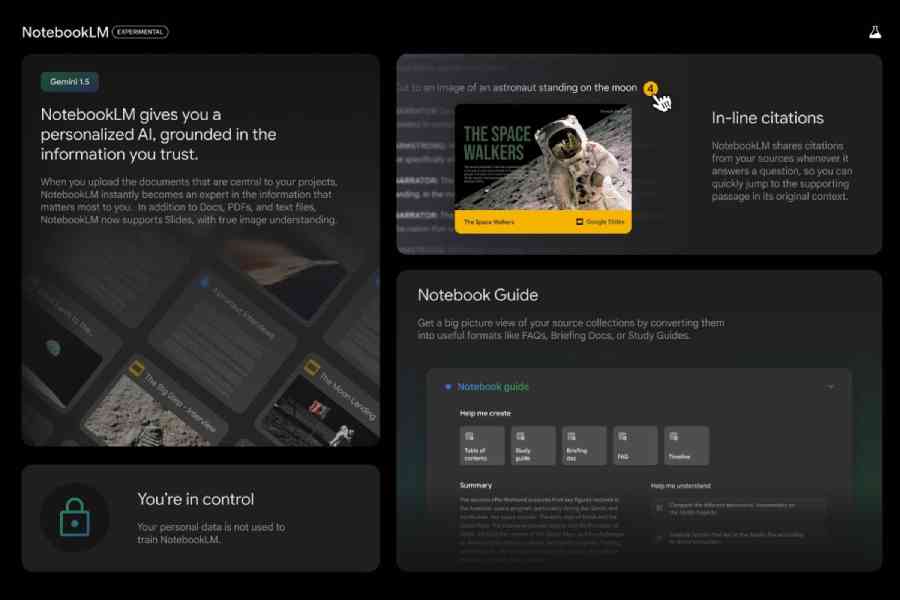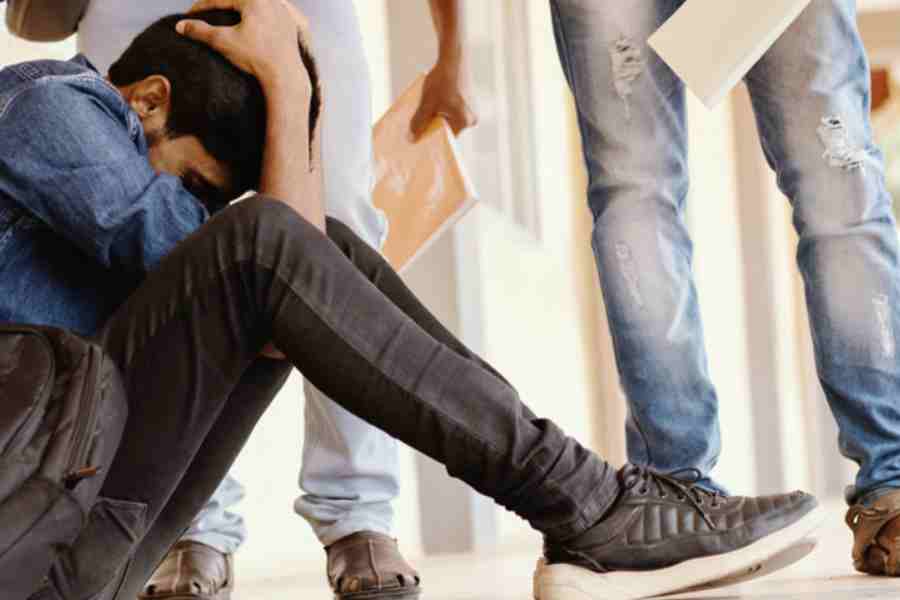Google first launched its AI-powered research tool NotebookLM in 2023, meant for researchers, students and anyone who needs to organise the information they are working on. The company has expanded the capabilities of NotebookLM and has announced that it is now officially running on Gemini 1.5 Pro. The research and writing assistant has also expanded to over 200 countries and territories.
The tool is particularly helpful to researchers with a vast amount of slides, docs and PDFs. Users are allowed to upload Google Slides and web URLs as sources, not just the Google Docs, PDFs, and text files it accepted previously. The new Notebook Guide can read sources in NotebookLM and create study guides, FAQs, or briefing documents, and inline citations can point to your own sources to fact-check AI responses — up to 50 sources per “notebook,” or project, and each source can be 500,000 words long. Earlier, one could only upload five sources.
Further, you can ask questions about charts, images, and diagrams that have been uploaded to the platform, thanks to NotebookLM running on Google’s Gemini 1.5 Pro, the latest large language model.
NoteBookLM appears more powerful than most options from rival companies. Regardless of where it finds info, Google can adjust responses to include in-line citations of where it gets its information. Among its many use cases is asking factual questions about lengthy documents. From a citation, you can easily jump into the source document to continue reading.
Take the example of a research work you are conducting and it involves thousands of pages, so the questions you ask will be specific and not something you would generally find online, like family history or class notes. Here, you can do just that.

The company has given a shoutout to best-selling author Walter Isaacson, who has been working with NotebookLM to analyse Marie Curie's journals for research on his next book
Whatever you add to your notebooks will remain private to you and will not be used to train future AI models. In a briefing, the company’s representatives told reporters that NotebookLM “is a closed system”. It will not do any web searches beyond reading the website content users add.
Google is expanding the AI-powered tool to over 180 regions. The app’s UI will be available in over 100 languages, but NotebookLM will only be able to understand sources and carry conversations in 38 languages.
Those new to NotebookLM, getting started is easy: When you first access NotebookLM, you’ll create a notebook and upload documents for a specific project or deliverable. At that point you can read, take notes, ask questions, organise your ideas, or ask NotebookLM to create automatic overviews of all your sources — a study guide, for example, or a table of contents. And with NotebookLM, the sources you upload are not used to train the model.










